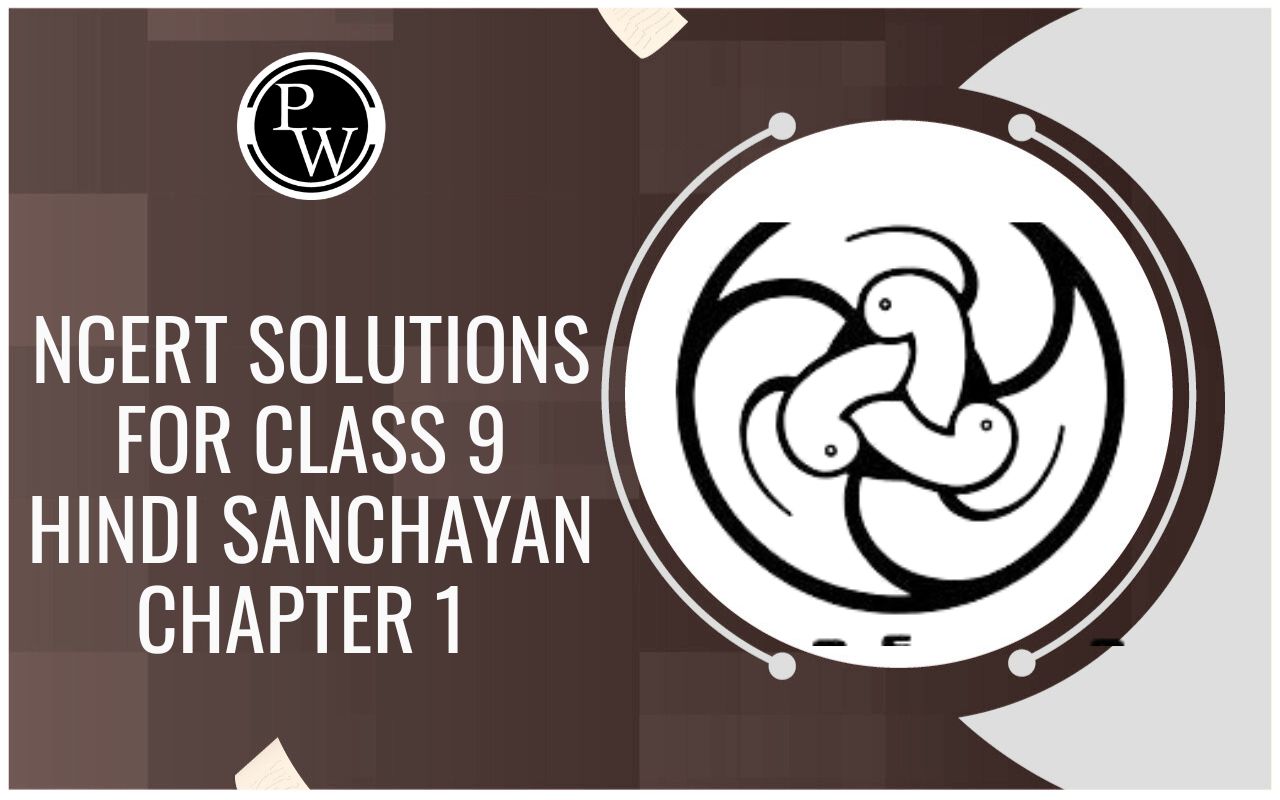
Introduction
Water Resources of Class 10
Ravine:
A small, deep, narrow valley with steep sides, larger than a gully smaller than a canyon.
Check Dam:
It is a structure built across a river or estuary in order to restrain or use water.
Gully:
It is a water-made cutting, usually steep-sided with flattened floor.
River Basin:
The total area drained by a river and its tributaries.
Perennial Canals:
Canals that have water all the year round.
Groundwater:
Water which is obtained from a depth of more than 15 metres.
Surface Water:
Water found accumulated on the surface of the earth in depressions flowing through rivers, streams or frozen in the form of icecaps and snow fields.
Multipurpose projects:
The project which serves more than two purposes are called multipurpose projects.
Water Fall:
When in the middle of a river-course water falls from a great height into lower course.
Potential Water Resources:
The total amount of water resources which can be developed for useful purposes.
Developed Water Resources:
Developed water resources constitute the portion of the total water resources which have actually been harnessed or developed.
Water Harvesting:
It is a method of collecting rain water on rooftops and then channeling it to augment the groundwater shortage.
Watershed:
It is a physiographic unit which is used for integrated development of small natural unit areas.
Wetland:
The low lying marshy or water logged area.









